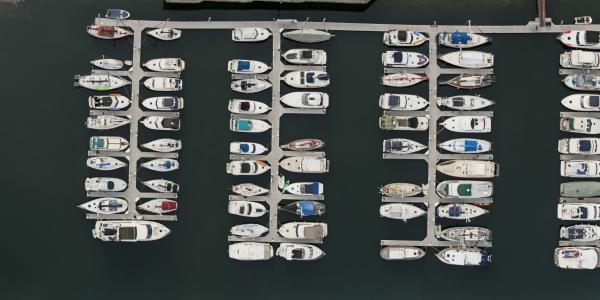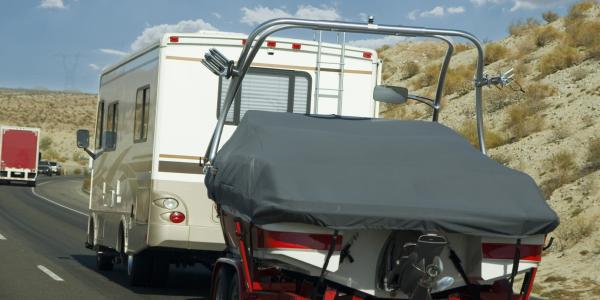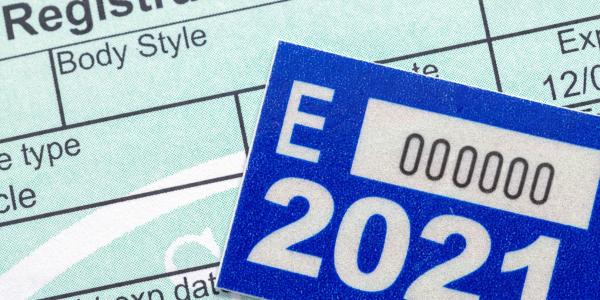Learn how to get the legally required carbon monoxide warning sticker for your boat.
Before you get started
If you suspect someone has carbon monoxide poisoning, get help immediately. Do not wait!
- Get everyone to fresh air right away.
- Call Washington Poison Center at 800-222-1222.
- If the person is unconscious, call 911.
Warning stickers are required by law
The CO warning sticker can be:
- The Washington State sticker (shown below).
- A sticker installed by the manufacturer (if we've approved it).
- A sticker installed by another state (if we've approved it).
If you are unsure whether your sticker meets Washington state standards, call a vehicle and boat licensing office for help.
How to get a warning sticker
If you own a motor-driven boat that is registered in Washington but don't have a CO warning sticker, you can request one from any vehicle and boat licensing office. There is no charge to request a sticker.
If you buy a motor-driven boat from a dealer, the dealer will attach a CO warning sticker before you complete your purchase.
Where to attach the sticker
You must attach the sticker on the interior of the boat so it's clearly visible to the passengers. If you're unsure where to place your sticker, call a vehicle and boat licensing office for help.

Facts about carbon monoxide poisoning
CO is a colorless, odorless, and tasteless gas. CO enters your bloodstream through the lungs, blocking the oxygen your body needs.
Carbon-based fuels such as gasoline, propane, charcoal, and oil can produce CO. It may come from your boat's engine, gas generators, cooking ranges, grills, or space heaters.
Prolonged exposure to low CO concentrations or very quick exposure to high CO concentrations can kill you. Learn more about boating safety and CO.
Symptoms of CO poisoning
Symptoms are often confused with seasickness or intoxication, and include:
- Irritated eyes
- Headache
- Nausea
- Weakness
- Drowsiness
- Vomiting
- Fatigue
- Confusion
- Dizziness
Protect yourself and others
- Know the locations of your boat's exhaust and keep people away from them.
- Install and properly maintain marine-grade approved CO detectors.
- Maintain and properly tune your engine.
Teak surfing and CO
Teak surfing refers to body surfing by holding on to the swim platform of a moving vessel. It is extremely dangerous because it puts the surfer directly in the path of the boat's exhaust and poisonous CO.
Teak surfing is a violation of Washington State law punishable by a fine of up to $100.




